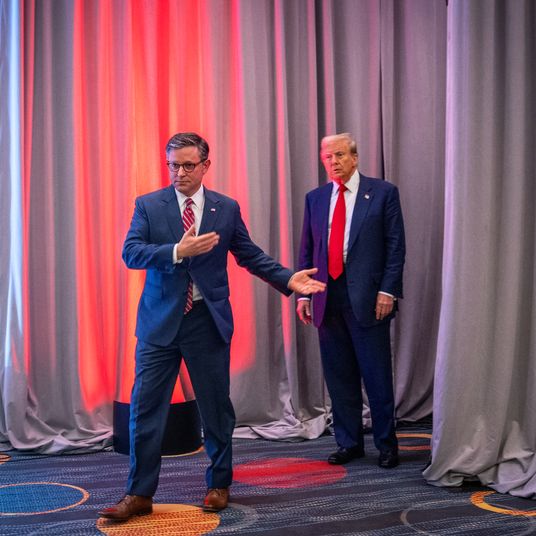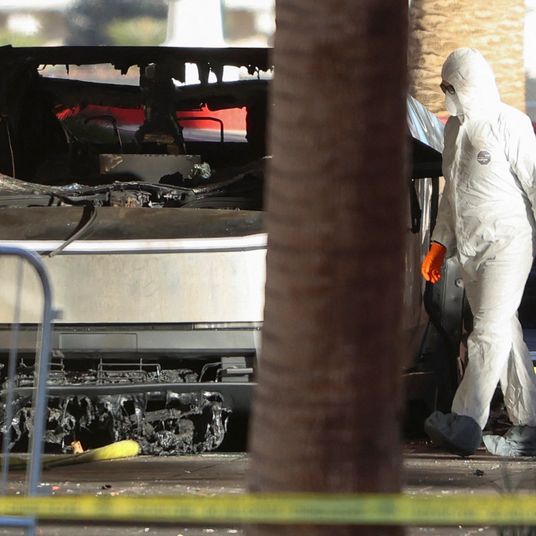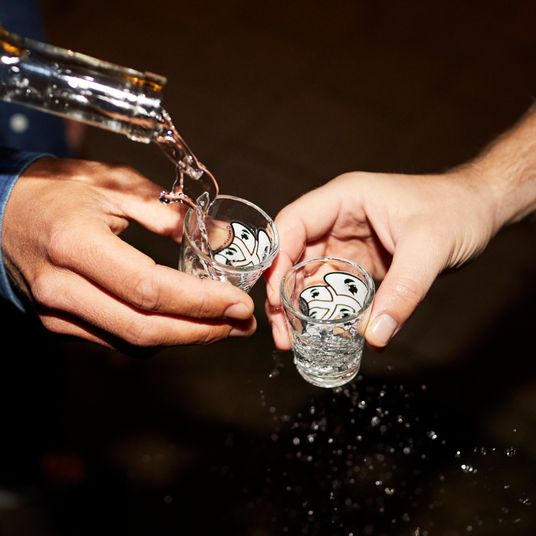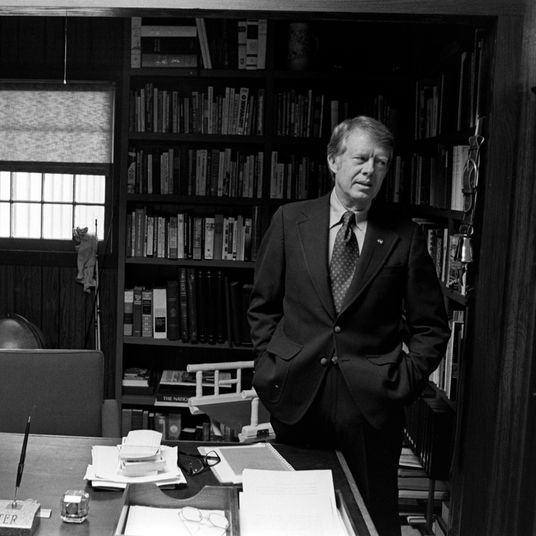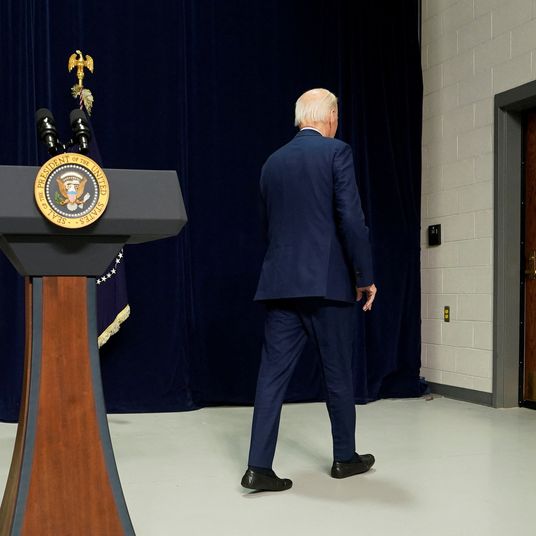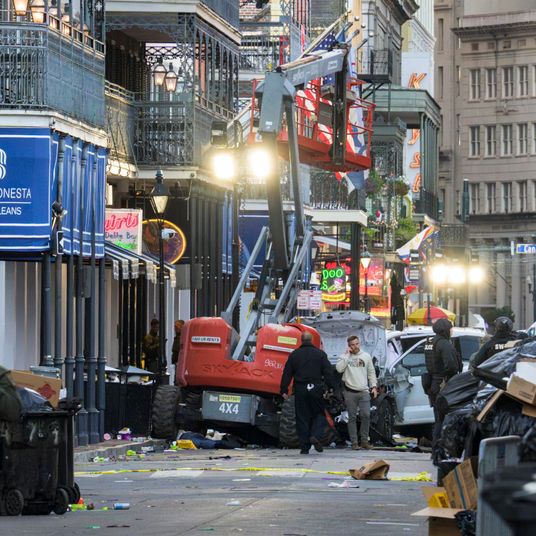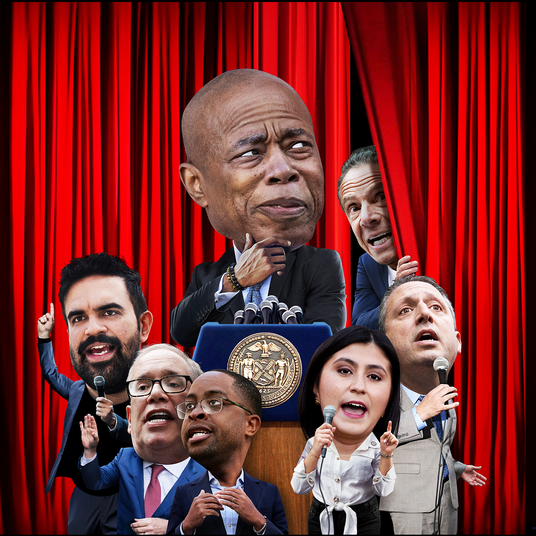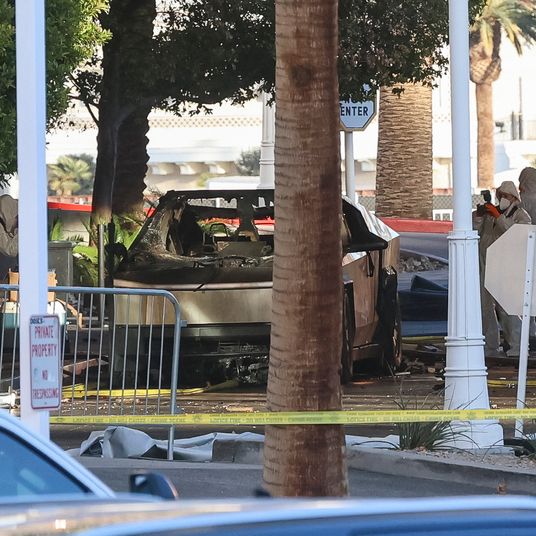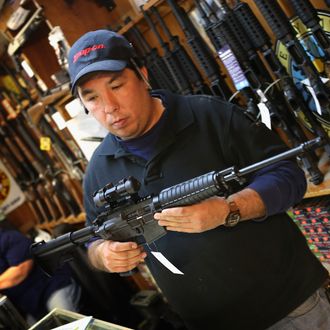
Aside from questions about whether a new assault-weapons ban can be passed (probably not), the post-Newtown push for stricter gun control has sparked debate about what an “assault weapon” even is. Some argue that it’s just a scary term concocted by gun-control advocates, but according to the New York Times, the term “assault rifle” was first used to describe a weapon produced by the Nazis, and decades later it was adopted by the firearms industry to sell guns modeled after new military rifles. However, it’s true that the practical definition of an assault weapon is determined by lawmakers; with the new legislation before Congress, it could change again. For those whose gun knowledge starts at James Bond movies and ends at watching roommates play Call of Duty, here’s a primer.
President Obama has called on Congress to reinstate the 1994 assault-weapons ban, which expired in 2004. Last week a group of congressional Democrats, led by Senator Dianne Feinstein and Representative Carolyn McCarthy, introduced the Assault Weapons Ban of 2013.
The bill would ban the sale, transfer, manufacturing, and importation of all semiautomatic rifles and pistols that can accept a detachable magazine. (Semiautomatic weapons fire one round when the trigger is pulled and automatically put a new round in the chamber.) To be banned, the weapon must also have one of the following characteristics:
Pistol grip: A grip that “protrudes conspicuously” below the weapon, allowing the shooter to hold the rifle or shotgun like a pistol. Some people feel the pistol grip puts their wrist in a more comfortable position.
Forward grip: A second grip for the non-trigger hand.
Folding, telescopic, or detachable stock: The stock is the part of the gun that’s held against the shoulder. A folding, telescopic, or detachable stock makes the weapon shorter so it can be stored or concealed more easily, and may allow the stock to be adjusted for different users.
Grenade launcher or rocket launcher: Attachments that allow grenades or rockets to be fired from the muzzle or a separate barrel. These can be used to fire flares, smoke rounds, or chalk rounds. Grenades that contain explosive material are expensive and heavily regulated, and must be registered with the federal government.
Barrel shroud: A ventilated covering that partially or completely encircles the barrel of a gun. This lets the shooter hold the barrel without being burned.
Threaded barrel: Threading at the tip of the barrel that allows attachments like silencers and flash suppressors to be mounted on the gun.
Under the 1994 law, an assault weapon was defined as having two of these features. Also included on the list were bayonet mounts and flash suppressors, which reduce the chances that the shooter will be blinded by the flash in low light.
The new bill would also ban ammunition feeding devices that can accept more than ten rounds and three “dangerous aftermarket modification and workarounds” used to circumvent the previous assault weapons ban. These include:
Bullet buttons: A recessed button that lets the user detach the magazine using the tip of a bullet or another small object. Since the magazine can’t be released without a tool, it’s considered fixed, not detachable.
Thumbhole stocks: A hole that lets the shooter put the thumb of their trigger hand through the stock. Since the grip doesn’t “protrude conspicuously” below the weapon, in some states thumbhole stocks aren’t considered pistol grips.
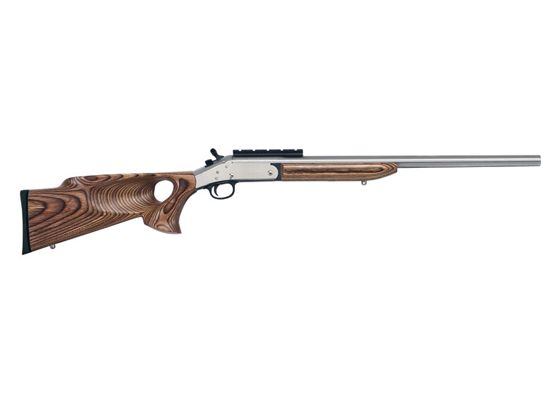
Bump or slide fire stocks: “Bump firing” is a process that allows a semiautomatic firearm to simulate an automatic weapon. It involves pulling the gun forward with the non-trigger hand until the trigger hits your finger. The recoil makes the rifle bounce against your trigger finger, allowing the gun to fire rapidly. As Slate explains, this shooting method was difficult and inaccurate until the company Slide Fire Solutions introduced a replacement stock that lets users bump fire with accuracy and control.
Though the new legislation lays out the features of an assault weapon, figuring out if a particular weapon is banned is even more complicated. The bill prohibits 150 specific guns, and excludes 2,250 firearms used for hunting or other sports. Plus, any legally owned firearms that fit the description will be grandfathered in, so even if it passes there will still be millions of legally owned firearms in the United States that fit the definition of an assault weapon.







